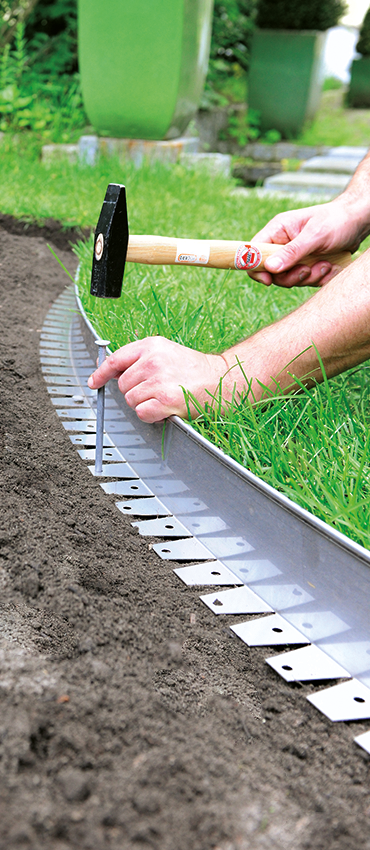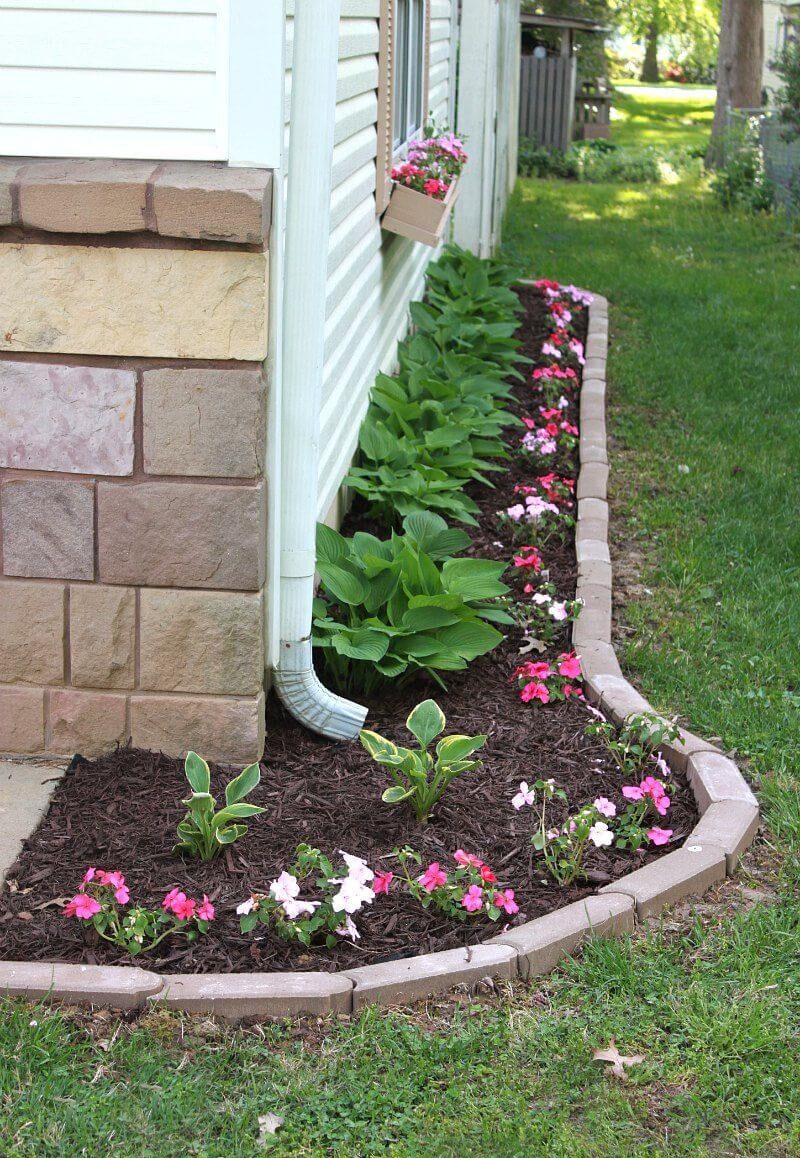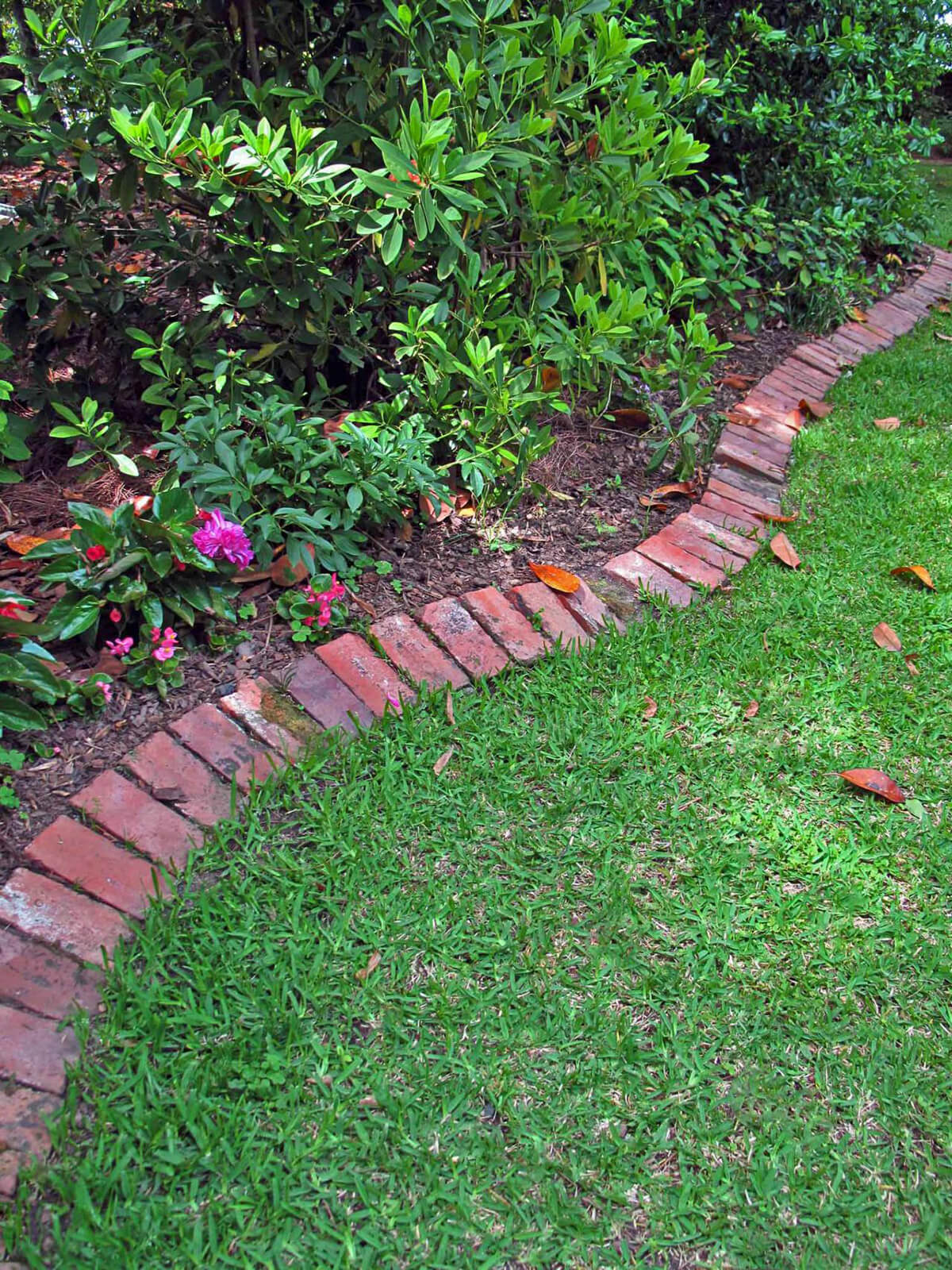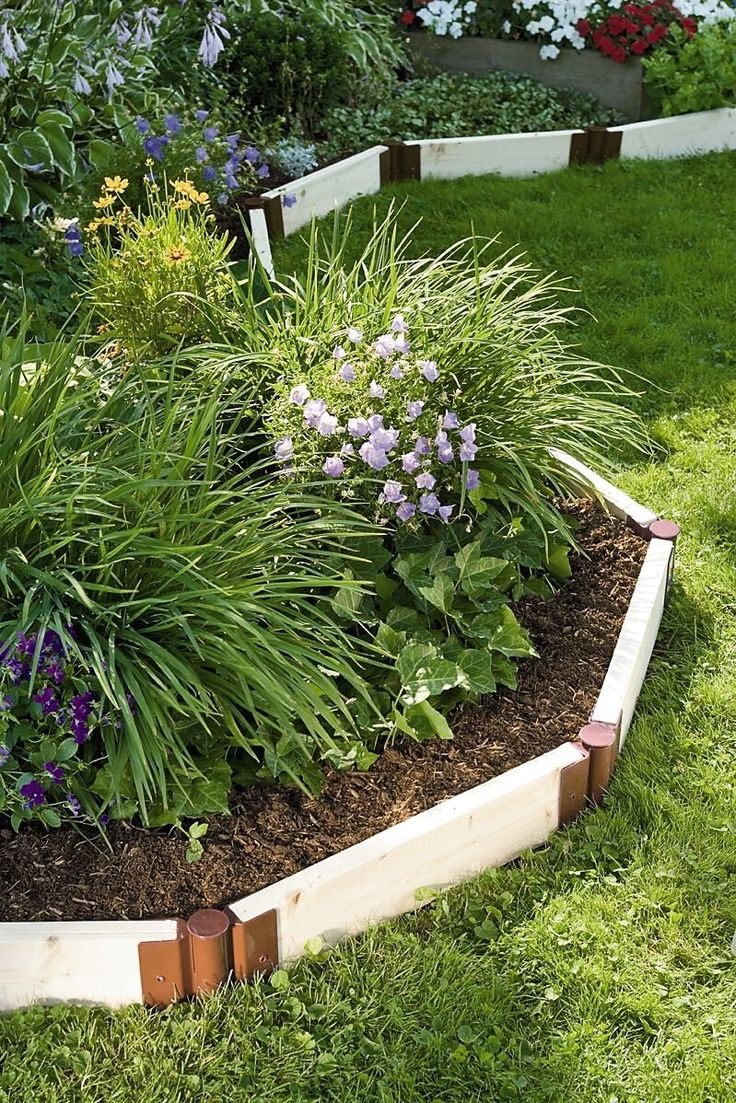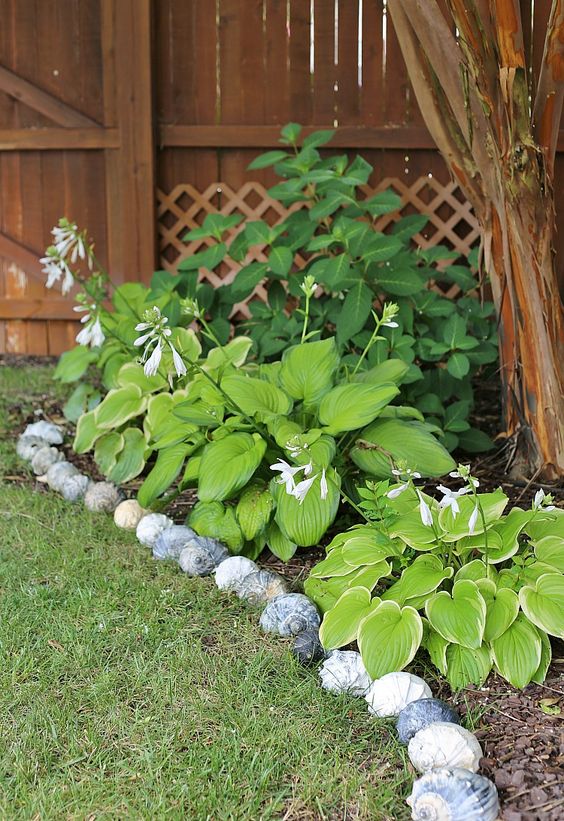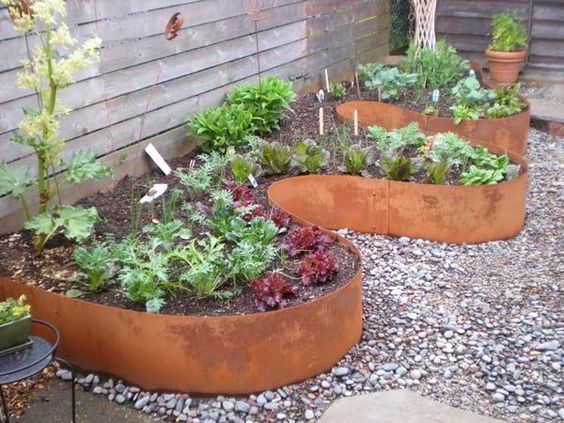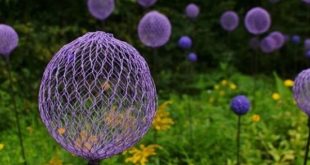Featured image credit HERE, and You can buy it HERE
In the symphony of a well-curated garden, each element plays a unique role, contributing to the harmony and balance that soothes the soul and delights the eye. Among these elements, often unnoticed yet profoundly impactful, is the art of garden edging. Like the frame surrounding a masterpiece, garden edging delineates boundaries, creates visual structure, and elevates the beauty of the greenscapes it encloses. From quaint stone borders to elegant metal fixtures, the choices are as diverse as nature itself. Journey with us as we explore the myriad ways in which garden edging can transform a simple patch of green into a tailored sanctuary of nature’s elegance. Join us in “Framing Nature: Exploring the Art of Garden Edging,” where we unveil the secrets to crafting outdoor spaces that resonate with both order and organic charm.
Defining Boundaries: The Aesthetics and Functionality of Garden Edging
-
- Stone: Provides durability and a timeless look, perfect for creating a rustic or classic ambiance.
-
- Metal: Sleek and modern, it can introduce contemporary lines that blend with urban settings.
-
- Wood: Natural, warm, and versatile, it complements nearly any garden style, from cottage to minimalist.
-
- Plastic: Budget-friendly and easy to install, offering flexibility in shapes and colors.
While the aesthetic selection of materials is critical, the functionality of garden edging cannot be overlooked. Edging serves to:
-
- Define walkways and planting areas
-
- Prevent the spread of invasive plants
-
- Maintain a neat and orderly garden appearance
-
- Assist in water retention for plant roots
| Material | Advantages | Disadvantages |
|---|---|---|
| Stone | Durable, Timeless Elegance | Heavy, Expensive |
| Metal | Sleek, Modern | Prone to Rust |
| Wood | Natural, Versatile | Rot, Termite Damage |
| Plastic | Affordable, Easy to Install | Less Durable, Can Look Cheap |
The delicate art of garden edging lies in balancing these choices to match the garden’s overall theme. Whether you aim to create a lush, whimsical retreat or a streamlined, modern oasis, selecting the right type of edging can make a world of difference, turning an ordinary garden into an extraordinary visual feast.
Material Choices: From Classic Stone to Contemporary Metals
| Stone Type | Characteristics |
|---|---|
| Limestone | Soft whites, smooth texture |
| Sandstone | Earthy colors, grainy texture |
| Granite | Granular appearance, very durable |
With contemporary metals edging, you can bring a sleek, modern look to your garden. Metals such as steel, aluminum, and corten steel are not just stylish but also incredibly functional. They can be shaped into clean lines or curved forms to suit your garden’s design. Metal edgings are especially effective when used to highlight geometric patterns in your landscaping.
-
- Steel Edging: Extremely strong and durable
-
- Aluminum Edging: Lightweight and rust-resistant
-
- Corten Steel: Develops an attractive patina over time
Whether you lean towards the historic charm of stone or the crisp efficiency of metal, choosing the right material can amplify the visual impact of your garden. Think about how each material complements your existing landscape and matches your personal taste. By doing so, you will frame nature not just as part of your garden, but as an extension of your home’s unique style.
Techniques for Precision: Achieving Clean Lines and Curves
Garden edging, an essential aspect of landscaping, requires a keen eye for detail to achieve both harmony and precision. Whether defining pathways, accentuating flower beds, or containing garden elements, creating clean lines and smooth curves is crucial. Precision begins with proper planning and preparation.
-
- Use String Lines: To mark straight edges efficiently, stretch a string line between two stakes. This visual guide ensures that your trench or border is executed in a straight and consistent manner.
-
- Flexible Edging Materials: For curves, materials like flexible metal or plastic can be shaped easily. This flexibility allows for a continuation of the curve’s natural flow without unsightly kinks.
Breaking down the techniques can also help in achieving the desired precision:
| Technique | Application |
|---|---|
| Garden Hose Layout | Lay it down on the ground in the desired shape and adjust as needed before marking and cutting. |
| Pre-cut Templates | Use pre-cut templates of curves and lines for consistent shapes, especially for repetitive patterns. |
| Brick and Paver Guides | Place them as guides along borders to ensure straightness and alignment while digging or planting. |
Maintenance also plays a key role in preserving the integrity and cleanliness of garden edges. Consistent weeding and removing overgrown plants can help maintain clear lines. Additionally, trimming tools are an excellent investment to keep borders looking sharp.
Employing such techniques transforms garden spaces into well-defined masterpieces, merging functionality with artistic elegance. Through careful application of these methods, each edge becomes a statement, framing nature with both precision and beauty.
Incorporating Plants: Blending Soft Edges with Structured Borders
Introducing greenery into your garden doesn’t just bring a splash of color or a burst of life; it transforms the space into a living tapestry. The challenge lies in balancing the soft, free-form growth of plants with the crisp, deliberate lines of structured borders. With thoughtful integration, your garden can achieve a harmonious blend of nature and artistry.
-
- Consider Plant Selection: Opt for a mix of perennials and annuals to provide year-round interest.
-
- Mind the Growth Patterns: Select plants that naturally fit the shapes and spaces of your garden’s edges.
-
- Play with Textures: Contrast feathery foliage with bold, sculptural plants to add visual intrigue.
| Plant | Features | Best For |
|---|---|---|
| Lavender | Aromatic, dense growth | Low borders |
| Hosta | Large leaves, shade loving | Shaded edges |
| Boxwood | Evergreen, easily shaped | Formal borders |
Strategically placed plantings can soften the hard lines of pathways, patio edges, or raised beds, creating a fluid transition between structured and natural elements. For example, placing a row of lavender along a stone path can produce a visual cue that naturally guides the eye, while simultaneously providing luscious scent and visual interest.
To further enhance your space, layer your plantings by height and texture. Position creeping plants like thyme or creeping jenny near the front edges to cascade gently over your border material, whether it’s stone, metal, or wood. Taller perennials such as coneflowers or daylilies can stand behind these, offering a backdrop of color and depth.
Wrapping Up
As the sun dips below the horizon, casting a golden glow over meticulously framed flowerbeds and well-edged pathways, the artistry of garden edging comes into full view. In the delicate balance between wild beauty and cultivated order, we find a symphony of nature and design, a dance of creativity and patience that transforms mere soil into a living canvas.
“Framing Nature: Exploring the Art of Garden Edging” is not just about defining borders; it’s about celebrating boundaries that breathe and evolve. Each stone, each blade of grass, whispers a tale of intention and inspiration. As your own journey continues beyond these words, may your garden paths always lead to discovery, where every edge is an invitation to pause and admire the seamless interplay between human touch and nature’s grace.
Step forth, creative gardeners and curious minds, and frame your little piece of nature with the artistry it deserves. The world outside your door is waiting to be edged with love and imagination.
 decorafit.com Design ideas for your home and patio
decorafit.com Design ideas for your home and patio
